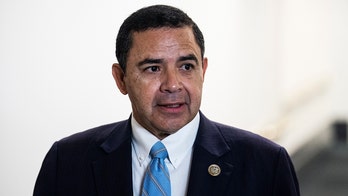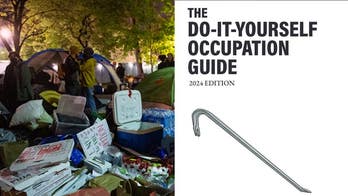!--StartFragment-->
Are Democrats in more trouble than they think? Or, to put it more precisely, is it something less than inevitable that Democrats will gain a majority from demographic change? Yes, says John Judis, former New Republic writer and co-author (with Ruy Teixeira) of the prescient (at least for a while) 2002 book The Emerging Democratic Majority. That book introduced the concept of what Democratic pollster Stanley Greenberg has called the "ascendant majority," made up of non-whites, single women, seculars and members of the Millennial generation.
Judis concedes that Democrats stand to gain since some segments of these groups (Hispanics, Asians and Millennials) will inevitably become a larger share of the electorate, at least if they keep voting as heavily Democratic as they did in the 2006 and 2008 congressional and 2008 and 2012 presidential elections. That was one of the points of his 2002 book. But he says that Republicans also stand to gain from trends among some groups which will either become a larger share of the electorate or will remain a large, though declining, share of it. These include white working class voters (usually roughly equated with non-college whites in polls), senior citizens and whites with college but no graduate degrees. (Graduate degree holders tend to be heavily Democratic, one reason being that very many of them are teachers, social workers and other public employees who under union contracts get higher pay when they get graduate degrees). He adds that Hispanics with college degrees might become Republican or at least less Democratic, and he might have added evangelical and pentacostal Hispanics as well.
Judis cites an article in the left-wing American Prospect in which professor Richard Alba argues that Census race categories may be politically misleading. The Census labels as black, Hispanic or Asian people who are of only partial black, Hispanic and Asian descent, and analysts have used these figures to forecast that the nation's population in a generation or so will be majority non-white. But isn't it possible that many of these people will identify as white, or at least as not self-consciously non-white? Alba asks. He points out that if you count children who have one white parent as white, the nation will have a white majority for a very long time to come — far beyond the point where it's practicable to make projections. We don't know whether these people will think of themselves as members — Alba cites Ted Cruz's two daughters as an example. And we do know that members of previous ethnic groups — Jews, Italians, Irish Catholics, etc. — which were not considered entirely white, or at least "white" in their political orientation, are now lumped together as part of the perhaps temporary white majority.




